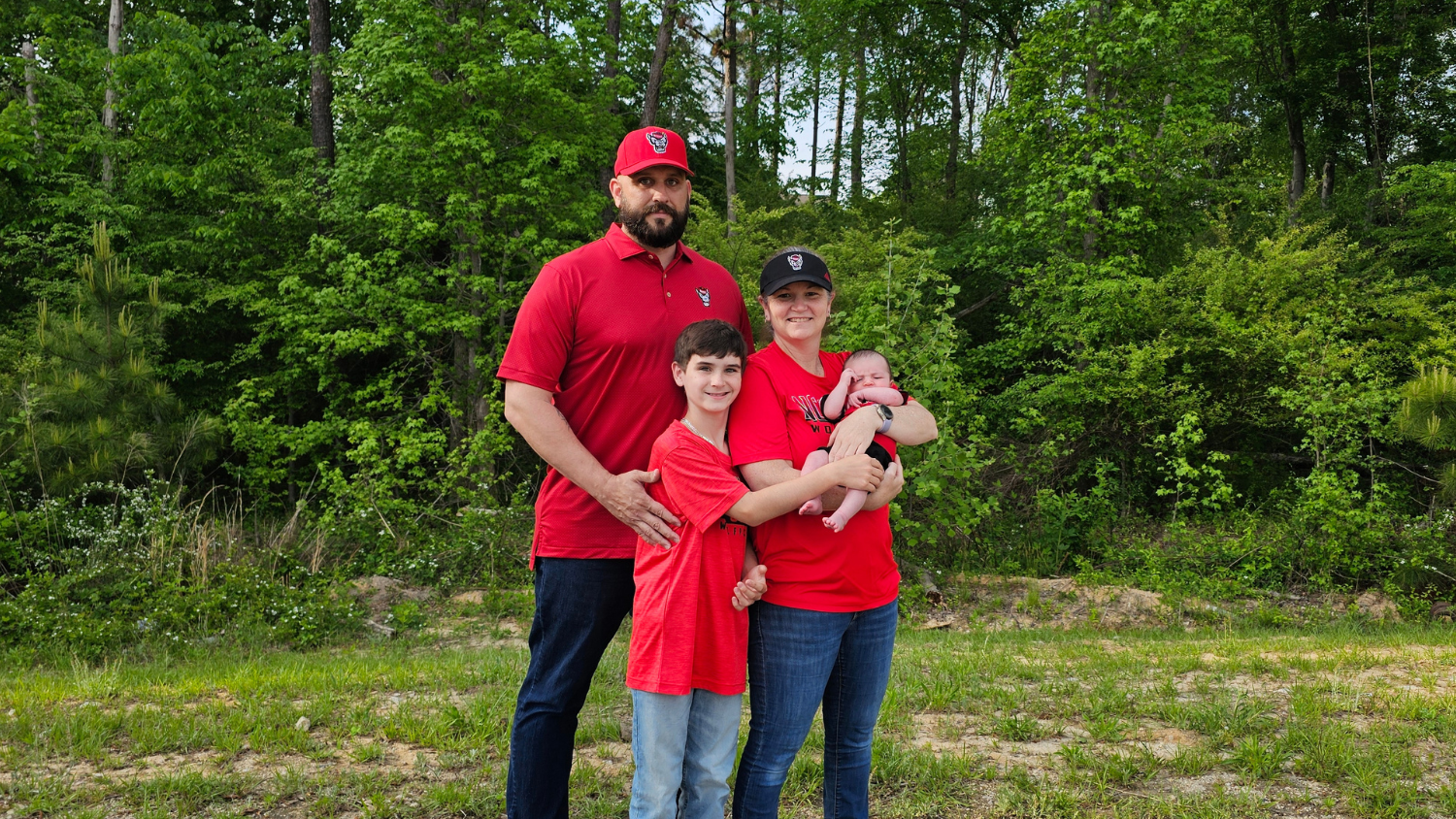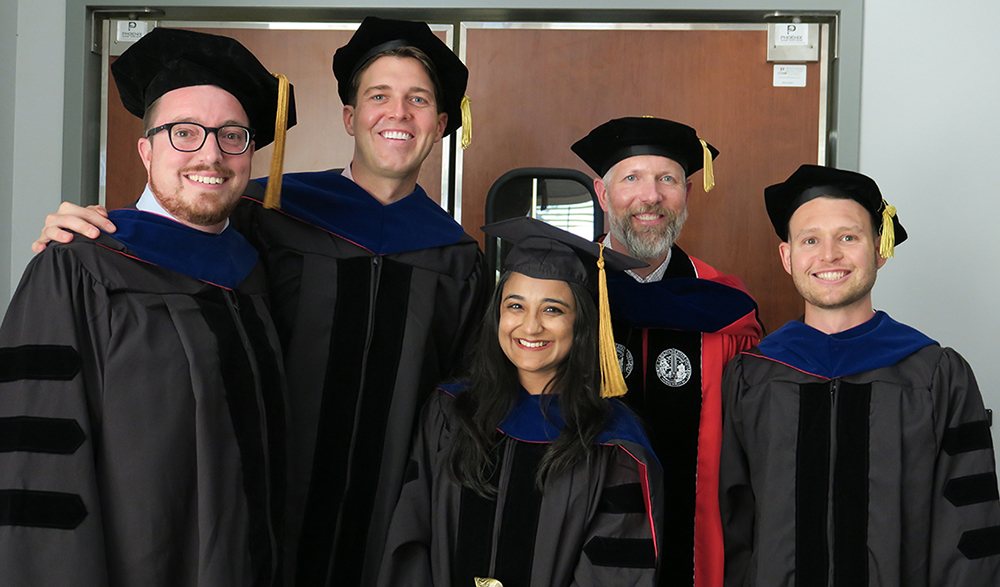How Zoom Put Disabled Users in a Tough Spot (And What You Can Do About It)

Editor’s Note: This is a guest post from Courtney Wade, a psychology doctoral student at NC State whose work focuses on cultural strategy, community engagement and digital design justice. Wade is also founder of the Disability, Autistic, Mad, & Neuroqueer (DAMN) Solidarity Project.
In late June, Zoom unveiled a number of updates to its online meeting platform, one of which was hailed as a significant advance in addressing diversity, equity and inclusion for disabled individuals. Unfortunately, as a disabled and neurodivergent scholar who focuses on issues related to access, Zoom’s update didn’t so much solve inaccessibility as shine a spotlight on it. The good news? We can use this as an opportunity to talk about what access really is – and how we can get there.
Early in the pandemic, higher education institutions and many other workplaces orchestrated a swift shift to videoconferencing technology. Zoom became synonymous with our new virtual reality as it answered the question of how to continue with “business as usual.” To an extent, Zoom’s remote work functionality was the manifestation of what disabled communities fought for – and were denied – for decades. Remote access provides an opportunity for disabled and neurodivergent people to be employed without having to deal with access barriers often present in the physical workplace environment. But while the widespread availability of Zoom had a positive impact on many disabled and neurodivergent users, it was not a panacea.
The Zoom update that earned kudos from many observers related to the online meeting platform’s existing Live Transcription feature, which facilitates access to classes, meetings, and webinars for d/Deaf, disabled, and neurodivergent users. [Editor’s note: more on the challenges that the pandemic has posed for d/Deaf communities here.] Specifically, the update incorporated a function giving users the option of requesting that Live Transcription be turned on. Ultimately, the update served to shift the feature toward accessibility and away from the desired outcome – access.
What’s the difference?
Access is a dynamic, intersectional approach that allows for authentic engagement of all participants. Accessibility is geared more toward making technology easy to use for hearing, abled, and neurotypical (non-neurodivergent) users, almost always at the expense of d/Deaf, disabled, and neurodivergent communities.
Zoom’s release notes highlight the distinction:
“Request Live Transcription enablement as participant – Windows, macOS, Linux, Android, iOS: Meeting participants and webinar attendees can request the host enable Live Transcription, avoiding interrupting the host to request this verbally or through chat. This can be also requested anonymously.”
In other words, while Live Transcription is available, Zoom is doing several problematic things. First, Zoom is making Live Transcription entirely dependent on the host’s discretion – meaning that the host has the power to effectively bar access to the meeting for some attendees. Second, Zoom explicitly states that requesting access is an interruption, rather than a legitimate request, when it is impossible for attendees to participate in a meeting if they lack relevant access. Lastly, Zoom turns previously public requests into private and anonymous ones – which raises challenges of its own.
What can we do?
The most immediate actions we can take to address these access problems are:
- As a host, automatically turn on the Live Transcript.
- As participants, make it a collective responsibility to turn on the Live Transcript.
- Collectively, learn to explicitly welcome access interruptions. In practical terms, this can be as simple as making a practice of checking in on access needs at the beginning of each meeting, reminding the host to put on Live Transcription, or asking someone to speak more slowly. By making these changes, we can reframe “interruptions” as requests for space to discuss access needs instead of inconveniences.
For more sustainable change, we can respond to the introduction of these changes in a way that fosters just treatment of d/Deaf, disabled and neurodivergent communities by intentionally making access a collective, collaborative process.
This process first starts with understanding access from a disability justice point of view. Disability justice is a way of examining and thinking about disability and ableism that accounts for its relationship to other forms of identity – as well as other forms of oppression. (You can learn more about disability justice here and here.)
Why is this important?
Everyone has access needs, which are the prerequisites each of us have in order to be fully engaged in, well, anything – a work meeting, a conversation, you name it. Oftentimes, the access needs of most people are built into our environment. Access needs not built into the environment are then termed “accommodations” or “special needs.” For example, many people can use stairs to move from one floor of the building to another – nobody thinks of stairs as “accommodations.” Some people require ramps to move from one level to another. Ramps are often deemed accommodations – and are even legislated as such.
However, the more comfortable we each get with identifying our access needs and how they are met, the easier it will be to have conversations that focus on the access needs of all participants, as opposed to framing d/Deaf, disabled and neurodivergent people as the only ones with access needs. Changing the way we think about this will remove the stigma of access interruptions – such as requesting access to the Live Transcript in a Zoom meeting.
In fact, access interruptions should be seen as opportunities instead of inconveniences. These so-called “interruptions” provide the chance to more fully engage meeting and webinar participants. This can be normalized as an integral process to successful meeting practices by explicitly inviting access interruptions and discussing how they are important to collective access. In practical terms, that could be as simple as taking a moment to ensure that everyone’s access needs are being met.
Why is it problematic to enable anonymous requests?
Nobody should be made to feel ashamed or embarrassed to request access during a meeting. And nobody should ever have to fear professional or social repercussions of requesting access. While anonymity may currently be a safer alternative for d/Deaf, disabled, and neurodivergent participants due to biases, such as ableism, in workplace and education environments, we can (and should!) build different conditions that eliminate the need and preference for anonymous, private access requests.
It boils down to this: acting to identify and meet the access needs of all users, and creating a system that encourages users to make their access needs known, are integral actions to take in creating an environment that prioritizes the full, authentic engagement of all participants.
This post was originally published in NC State News.
- Categories:


